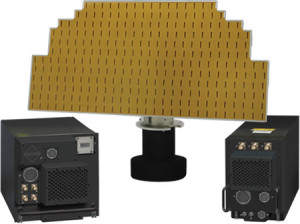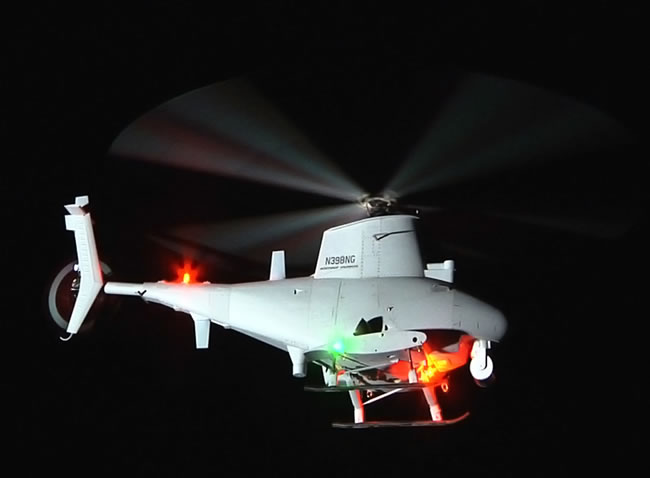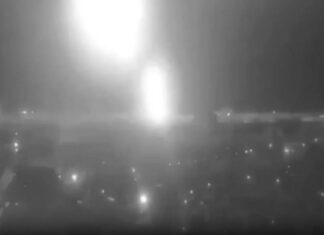
Telephonics Corporation announced Wedensday, January 9, that its AN/ZPY-4(V)1 multi-mode maritime surveillance radar for was selected by Northrop Grumman to equip the US Navy’s MQ-8B Vertical Take-Off and Landing Tactical Unmanned Aerial Vehicle (VTUAV) as part of the US Navy Fire Scout radar “Rapid Deployment Capability” program.
Northrop Grumman awarded Telephonics $33 million to provide the development, production, integration and testing of nine radar systems. For the larger version of FireScout known as MQ-8C. Northrop Grumman Originally pitched a variant of its own AN/ZPY-1(V) STARlite Synthetic Aperture Radar which has not been designed for maritime missions. Following the successful demonstration of the new radar from Telephonics on the MQ-8B in September 2012 they apparently decided to switch to the new and proven radar.
“We developed our RDR-1700B X-band with our own budget, to be a lightweight, compact high performance radar that could fit a wide range of aircraft, including light fixed and rotary wing manned and unmanned platforms” said Joe Battaglia, Telephonics President and CEO, The RDR-1700B was designed for search, surveillance, tracking, imaging and weather avoidance applications. “This radar provides all the features available in our larger radars, we spent much effort to miniaturize and downsize systems to meet the smallest space” Battaglia added. He said the new radar is one of few systems available in the market today and is positioned as the most competitive, in terms of performance, weight and cost.
The RDR-1700B+ which received the military nomenclature AN/ZPY-4(V)1 weighs about 68 pounds (31 kg). The system has integrated two unique features enhancing the usability, situational awareness and its performance over land and sea. These include automated classification aids and sensor management capabilities, being developed in cooperation with the U.S. Navy to further improve Intelligence, Surveillance, and Reconnaissance efficiency.
Among these features is the Ground Moving Target Indicator (GMTI) mode is providing FireScout operators the capability to move seamlessly from blue water, to shoreline, and to overland missions. The GMTI mode allows automatic detection and tracking of moving targets, using ground clutter cancellation techniques. The second unique feature integrated in the radar operating system is the integration of Automatic Information System (AIS) data providing rapid identification of vessels at sea and the capability to spot potential threats with minimum operator workload. AIS supports operations in a dense littoral target environment, using the U.S. Navy’s Ocean Surveillance Initiative (OSI) software that is fully integrated into the radar.
When integrated with other on-board sensors, the radar increases the VTUAV surveillance area rate coverage and operator efficiency by pointing the EO payload to points of interest detected through the radar’s wide area scan.
“This new radar strengthens our position in the maritime surveillance market and opens new opportunities for integration of such systems on a wider range of systems, manned and unmanned” Battaglia told Defense Update, “the ISR market in general, and specifically the maritime surveillance sector are expected to suffer les from reducing defense budgets, since securing the maritime borders and economic exclusion zones (EEZ) are important missions for every country” he added.




















